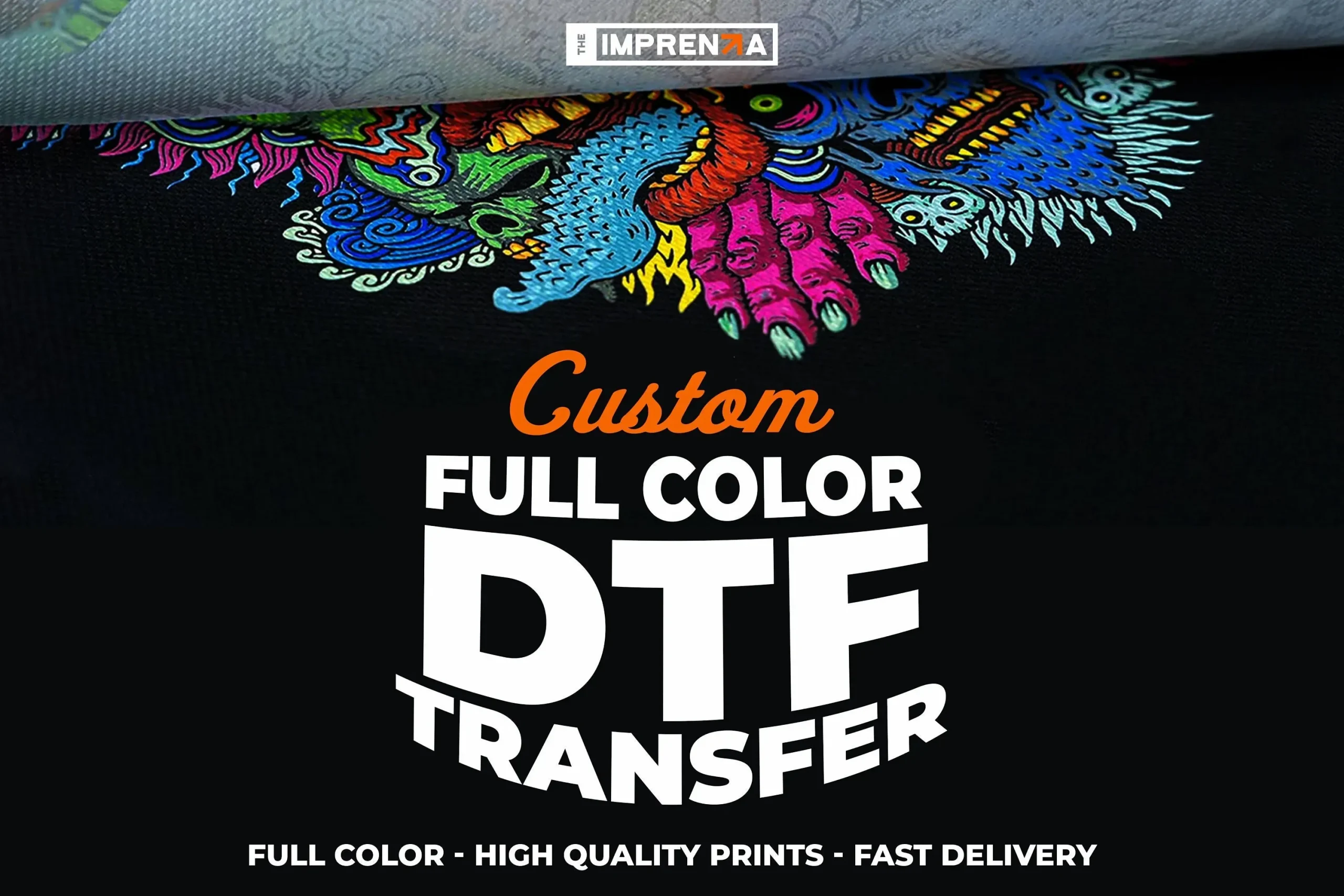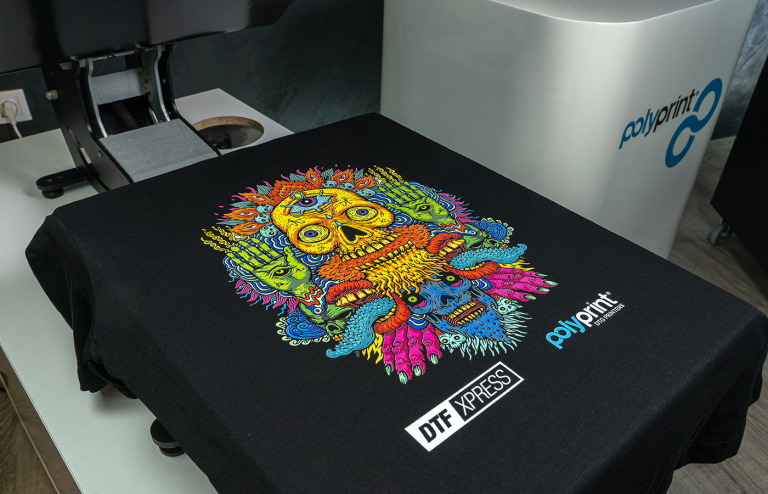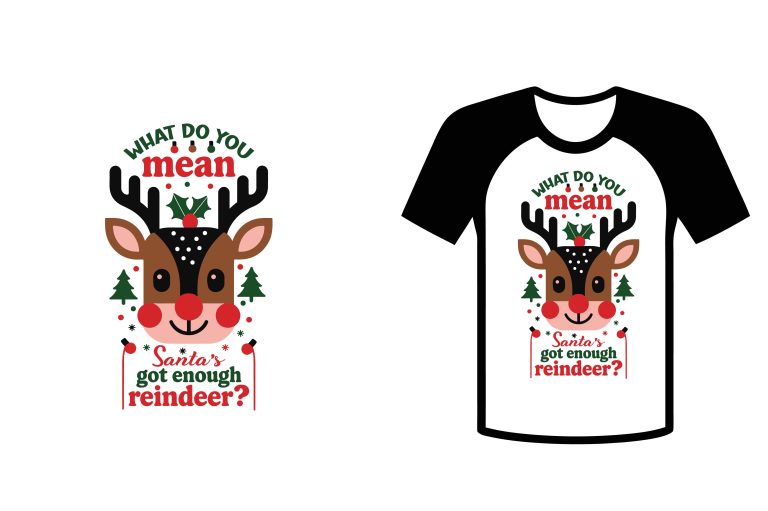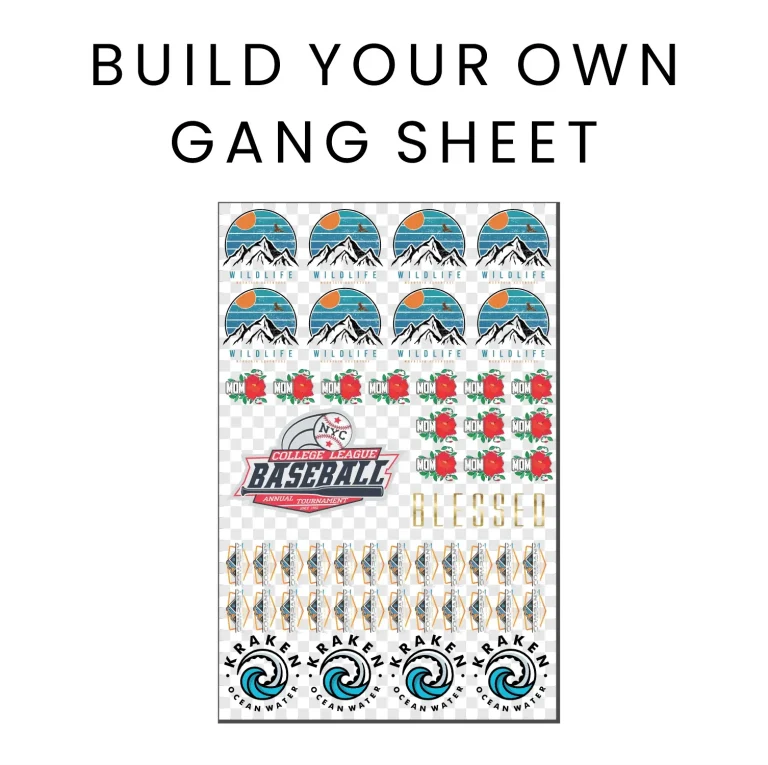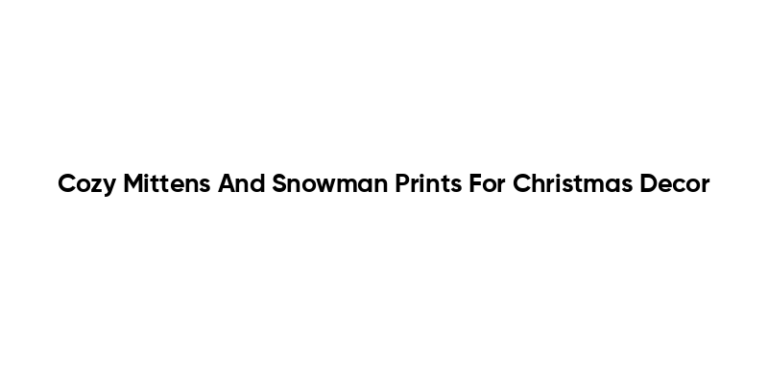DTF Transfers vs. Traditional Printing: Which is Better?
DTF transfers, or Direct to Film transfers, are revolutionizing the world of custom apparel and promotional products. As a modern printing method, DTF combines cutting-edge technology with remarkable versatility, allowing businesses to create vibrant and intricate designs that stand out. When compared to traditional printing methods such as screen printing and DTG printing, DTF offers a unique approach that appeals to both small startups and established brands. Understanding how DTF transfers stack up against various printing methods is essential for making an informed choice for your business. In this article, we will delve into the details, highlighting the benefits and drawbacks of DTF transfers to help you navigate the landscape of custom apparel printing.
Direct to Film transfers represent a growing trend in the printing industry, offering a compelling alternative to conventional techniques like screen printing and Direct to Garment (DTG) printing. This innovative approach leverages advanced printing technology to produce high-resolution designs on a special film, which is then heat-pressed onto fabric. Whether you refer to it as DTF printing or explore options like digital fabric printing, understanding these modern techniques is crucial for anyone looking to invest in custom clothing solutions. Crafting personalized apparel has never been easier with options that cater to varying scales of production and design complexity. Join us as we explore the myriad of benefits that DTF printing brings to the table, showcasing its potential to transform the custom apparel landscape.
Understanding DTF Transfers: The Future of Custom Apparel
DTF transfers, or Direct to Film transfers, are revolutionizing the way custom apparel is printed. This modern technology allows vibrant colors and intricate designs to be easily transferred onto a variety of fabrics. Unlike traditional methods that often rely on screens or direct fabric printing, DTF utilizes a special film that ensures high-quality output with remarkable detail. Its adaptability makes it suitable for different fabric types, enabling businesses to meet diverse customer needs effectively.
Moreover, DTF printing is gaining popularity not just for its quality but also for its efficiency and cost-effectiveness. Many small and medium-sized printing businesses appreciate that they can produce smaller quantities without incurring high setup costs. With DTF transfers, you can offer unique, custom designs without the daunting initial investment associated with traditional screen printing methods.
Cost Comparison: DTF Transfers versus Traditional Printing Methods
When it comes to cost, comparing DTF transfers with traditional printing methods such as screen printing and DTG printing reveals notable differences. DTF printing provides significant advantages for those looking to manage their budgets effectively, especially when handling small to medium-sized orders. The lower minimum order requirements of DTF allows startups to enter the custom apparel market in a way that traditional methods do not.
In contrast, while screen printing may offer lower costs for large batches, the initial setup expenses can be prohibitive for smaller runs. DTG printing, on the other hand, involves costs associated with pre-treatment and setup, making it less favorable for businesses wanting to keep expenses down for limited quantities. Therefore, DTF emerges as a compelling solution for those who prioritize both quality and affordability.
Durability and Quality: Comparing DTF Transfers to Screen Printing
One of the key factors in the decision-making process is the durability and quality of the prints. DTF transfers stand out for their ability to maintain color vibrancy after multiple washes, which is crucial for apparel that sees regular use. The flexible nature of the prints also prevents cracking and peeling, making DTF an excellent choice for everyday wear that demands durability without sacrificing design integrity.
On the other hand, screen printing is renowned for producing long-lasting designs, particularly effective for simple graphics. However, the limitations on color complexity may impact the overall quality for intricate designs. Additionally, logos and detailed images may fade over time, limiting the lifespan of the apparel compared to the robust performance of DTF transfers.
Versatility of DTF Transfers: More Than Just T-Shirts
DTF transfers offer impressive versatility, capable of being applied to various types of fabric and surfaces, which is not always attainable through traditional printing techniques. Whether you need to print on cotton, polyester, or blends, DTF allows for a smooth transition between materials, accommodating unique customer requests easily. This attribute supports businesses in catering to a broader client base, further enhancing their custom apparel offerings.
In contrast, while screen printing is effective for flat surfaces, it struggles with fabric types and structures that do not lend themselves well to stencil application. DTG printing focuses primarily on textiles, which can curtail potential market opportunities. Because of DTF’s adaptability, businesses can confidently take on diverse projects, delivering tailored solutions that elevate their service portfolio.
Production Speed: The Fast Track with DTF Transfers
In today’s fast-paced market, production speed plays an essential role in a printing business’s success. DTF transfers are particularly advantageous compared to traditional methods, as they eliminate the lengthy setup processes often required in screen printing. With minimal setup, DTF allows for rapid processing of custom orders, making it an ideal choice for businesses that need to meet tight deadlines and high customization demands.
Traditional screen printing, often slow due to the necessity of preparing multiple screens for different colors, can significantly delay order fulfillment. The extensive drying times associated with ink application can also hinder production speed. Therefore, businesses opting for DTF printing not only save time but also improve their efficiency, allowing them to tackle a higher volume of orders promptly.
Environmental Considerations: Why DTF Transfers Might Be Greener
As sustainability becomes an increasing priority for customers and companies alike, the environmental impact of printing methods is an essential consideration. DTF printing utilizes eco-friendly inks and processes that reduce the overall environmental footprint compared to traditional printing methods. This aspect resonates with conscious brands seeking to maintain a commitment to sustainability and responsible practices in their production.
Conversely, many traditional printing methods, particularly screen printing, can utilize harmful chemicals and inks, leading to negative impacts on both the environment and public health. For businesses looking to adopt more environmentally friendly practices, incorporating DTF transfers into their offerings could prove advantageous not just in terms of production but also in brand perception and consumer loyalty.
Frequently Asked Questions
What advantages do DTF transfers offer compared to traditional printing methods?
DTF transfers provide several advantages over traditional printing methods like screen printing and DTG printing, including vibrant colors, intricate design capabilities, and flexibility in fabric types. They are particularly cost-effective for small to medium print runs and allow for quicker production, making them an excellent choice for custom apparel.
How do DTF transfers compare to screen printing in terms of durability?
DTF transfers are known for their durability, as they can withstand numerous wash cycles without fading or cracking. While screen printing also produces resilient prints, it may not handle complex designs as well, and intricate colored designs can fade over time. Therefore, for durability in detailed custom apparel, DTF is often the preferred option.
Can DTF transfers be used on different fabric types like traditional printing methods?
Yes, DTF transfers are versatile and can be applied to a wide range of substrates, including cotton, polyester, and blends. This adaptability makes DTF a superior choice for businesses looking to produce custom apparel on various fabric types, unlike traditional methods, which may have limitations.
What are the cost implications of using DTF transfers versus traditional printing techniques?
When considering cost, DTF transfers are generally more economical for small to medium orders, as they do not require high minimum quantities like traditional screen printing. This cost efficiency opens the door for startups and new businesses in the custom apparel market, positioning DTF as a viable alternative.
What is the production speed of DTF transfers compared to DTG and screen printing?
DTF transfers can significantly speed up production due to the minimal setup required for custom orders, allowing for quicker turnarounds than both DTG and screen printing, which involve more extensive layering and drying times. This makes DTF an attractive option for urgent orders.
How environmentally friendly are DTF transfers compared to traditional printing methods?
DTF technologies often utilize eco-friendly inks that reduce environmental impact compared to traditional printing methods, which may use harmful chemicals. Choosing DTF transfers can align your business with sustainability goals and appeal to eco-conscious consumers in the custom apparel market.
| Feature | DTF Transfers | Traditional Printing |
|---|---|---|
| Technology | Printed on coated film and transferred with heat for vibrant, intricate designs. | Utilizes stencils and direct printing methods, less suited for complex designs. |
| Cost Efficiency | Cost-effective for small to medium runs, lower minimum order requirements. | Best for high-volume orders but higher initial setup costs for smaller batches. |
| Quality and Durability | Resilient prints that withstand multiple washes without fading. | Durable, especially for simple designs, but can fade with complexity. |
| Versatility | Applicable to various substrates including cotton and polyester, allowing for diverse custom orders. | Limited to flat surfaces; less adaptable to intricate design needs. |
| Production Speed | Faster setup and printing, ideal for quick custom orders. | Slower due to setup requirements for multiple colors and drying times. |
| Environmental Impact | Often uses eco-friendly inks, appealing to sustainable practices. | Can involve harmful chemicals that impact sustainability. |
Summary
DTF Transfers are quickly becoming a preferred choice for custom apparel printing due to their numerous advantages over traditional methods. They offer vibrant colors, flexibility in design, cost-effectiveness for small runs, and a fast production speed, all of which make them a practical choice for many businesses. With their ability to adapt to various materials and eco-friendly options, DTF Transfers align with modern demands for high-quality, sustainable printing solutions. Ultimately, when considering your printing needs, DTF Transfers provide the versatility and efficiency needed to meet diverse customer requirements.

